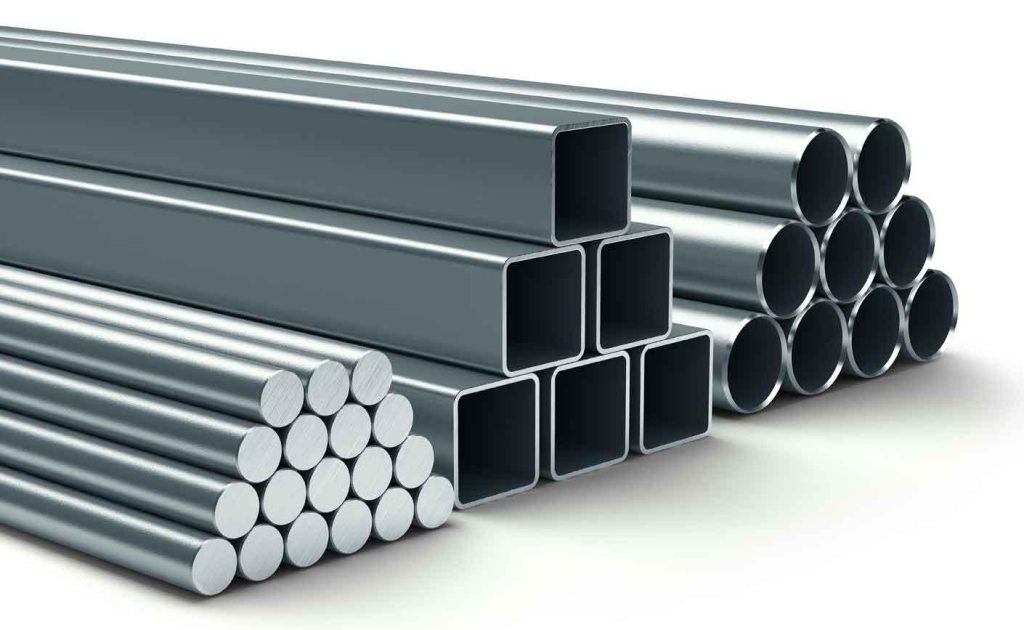Decoding the Strength: Unveiling the Key Differences Between Steel and Iron Rods
3 min read
What is the difference between steel and iron rods?
In the realm of construction and manufacturing, the choice between steel and iron rods stands as a pivotal decision, dictating the durability and integrity of structures. Despite their seemingly similar compositions, the disparities between these two materials are profound, influencing everything from load-bearing capacities to corrosion resistance. Let’s embark on an illuminating journey to uncover the nuances that set steel and iron rods apart.
Understanding the Basics:
At first glance, steel and iron rods may appear indistinguishable, both being alloys primarily composed of iron. However, the devil lies in the details. Steel, a ferrous metal, is an alloy of iron and carbon, typically containing a carbon content ranging from 0.2% to 2.1%. Conversely, iron rods consist predominantly of iron, often with trace amounts of carbon and other impurities.
Strength and Durability:
One of the most significant disparities between steel and iron rods lies in their mechanical properties. Steel, fortified with carbon and other alloying elements, exhibits superior strength and durability compared to its iron counterpart. This enhanced strength enables steel rods to withstand higher loads and stresses, making them indispensable in high-rise constructions and infrastructure projects where structural integrity is paramount.
Flexibility and Ductility:
In addition to their formidable strength, steel rods boast remarkable flexibility and ductility, allowing them to bend without breaking under pressure. This inherent malleability makes steel rods ideal for applications requiring intricate shapes or curved designs, offering architects and engineers unparalleled design versatility. On the contrary, iron rods, lacking the alloying elements present in steel, tend to be more brittle and prone to fracturing when subjected to excessive stress.
Corrosion Resistance:
Another critical factor distinguishing steel from iron rods is their resistance to corrosion. Steel, particularly stainless steel, contains chromium and other alloying elements that form a protective oxide layer, shielding the material from rust and corrosion. This corrosion resistance makes steel rods indispensable in outdoor and marine environments where exposure to moisture and harsh elements is inevitable. Conversely, iron rods, lacking such protective coatings, are highly susceptible to rust and corrosion, limiting their lifespan and structural viability in corrosive environments.
Cost Considerations:
While steel rods outshine iron counterparts in terms of strength, durability, and corrosion resistance, they often come at a higher price point. The additional cost stems from the manufacturing process, which involves precise alloying and heat treatment to impart desired mechanical properties. In contrast, iron rods, being simpler to produce, tend to be more economical, making them a viable option for budget-conscious projects where performance requirements are modest.
Conclusion:
In conclusion, the disparity between steel and iron rods transcends mere composition, encompassing mechanical properties, corrosion resistance, and cost considerations. While steel rods reign supreme in terms of strength, durability, and versatility, iron rods offer a cost-effective alternative for less demanding applications. By understanding the nuances between these two materials, architects, engineers, and builders can make informed decisions, ensuring the longevity and structural integrity of their projects.



